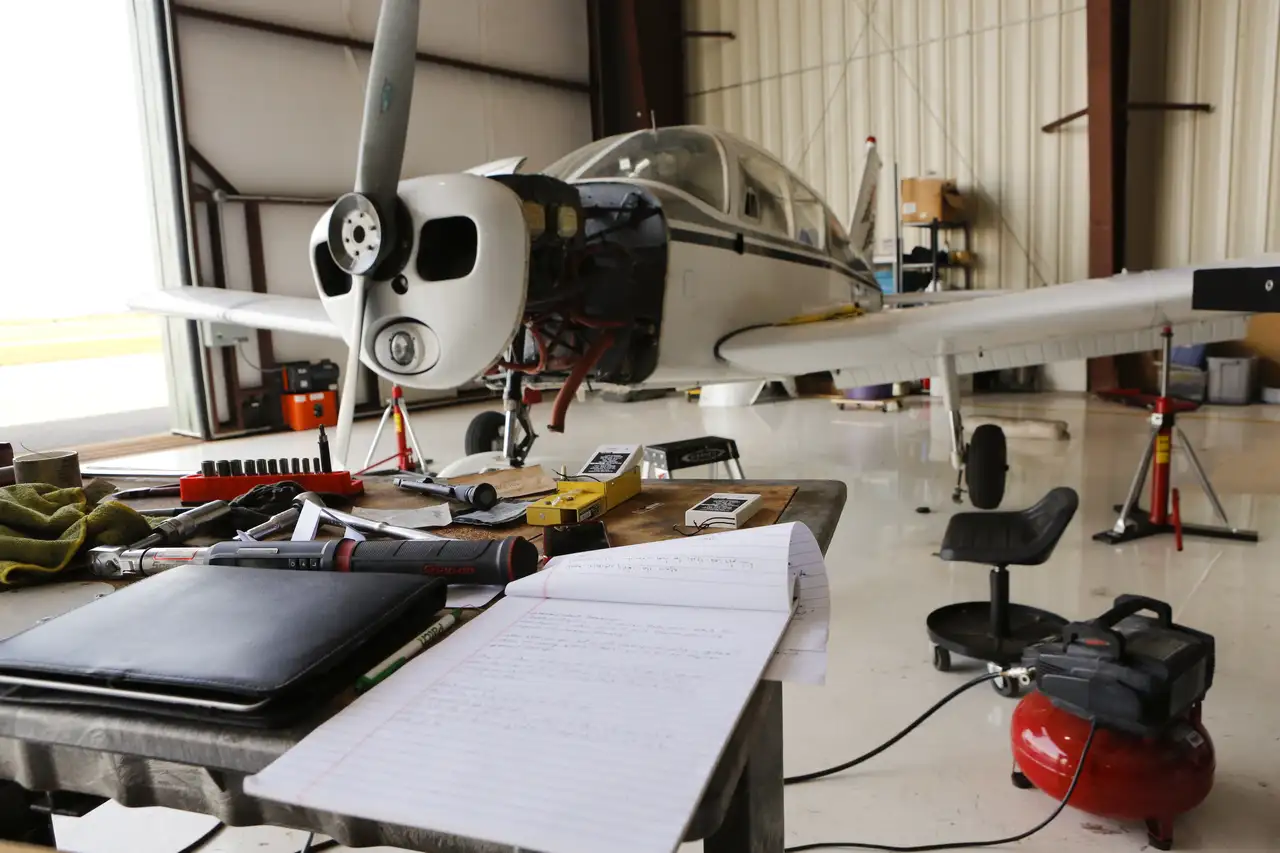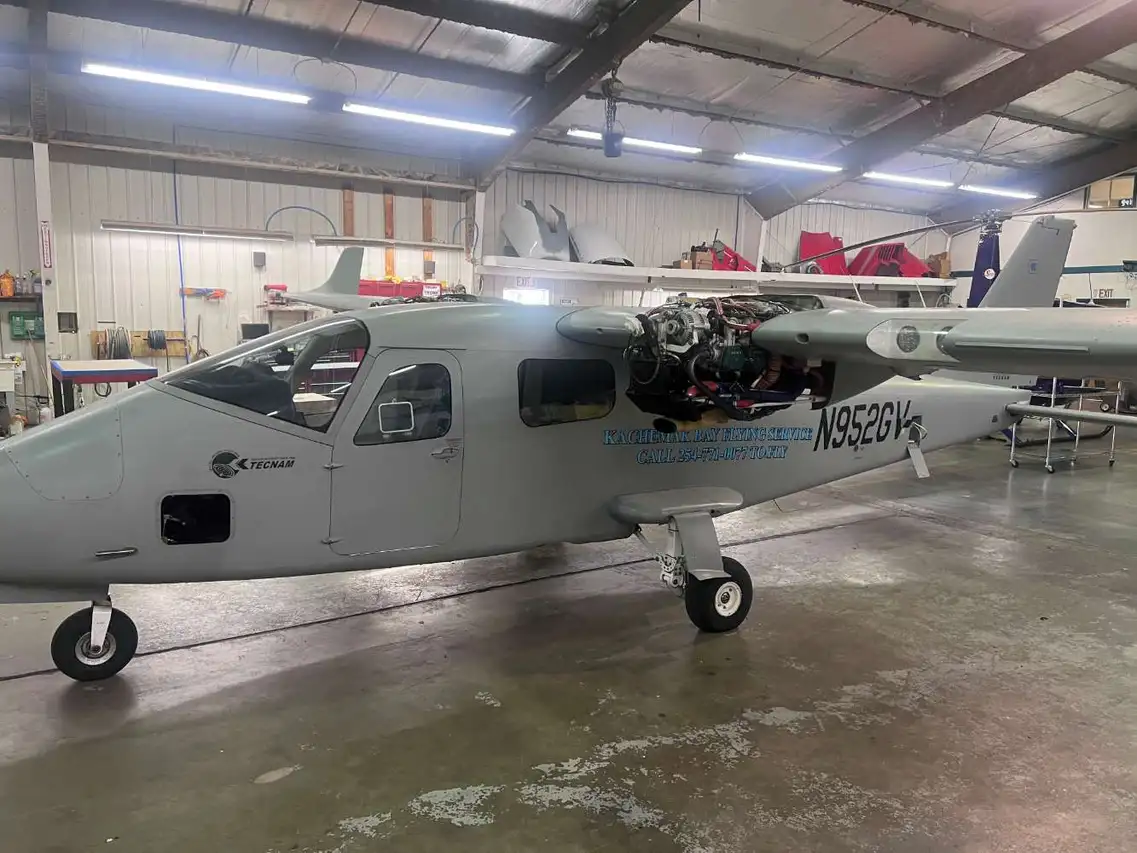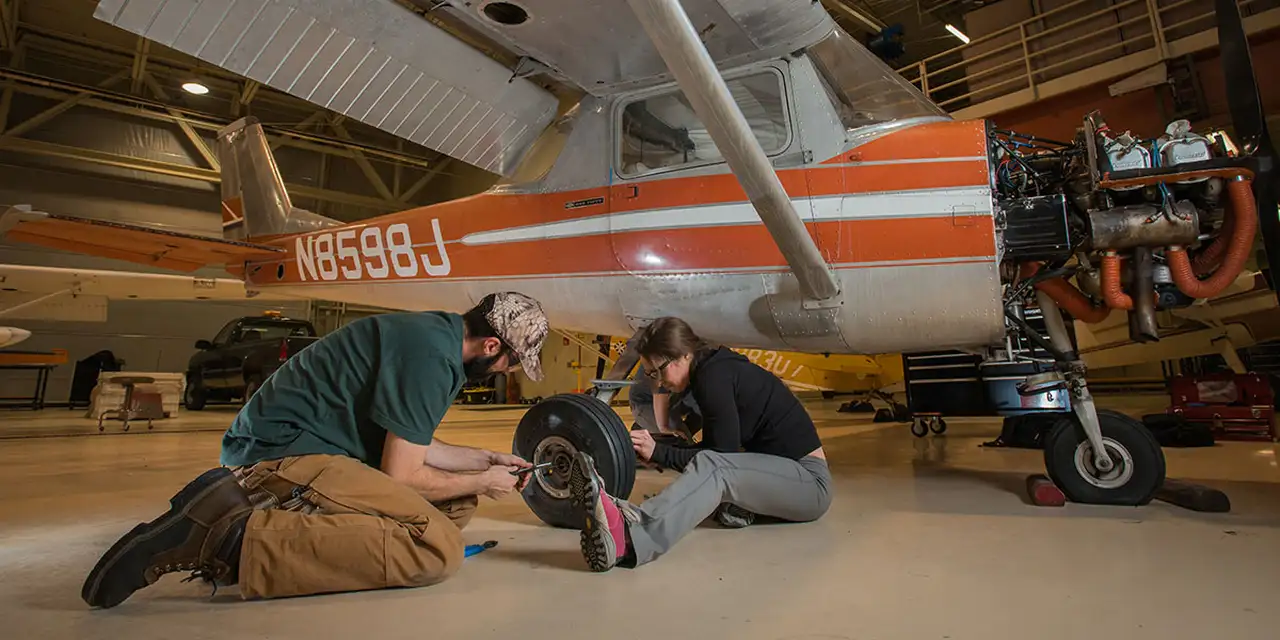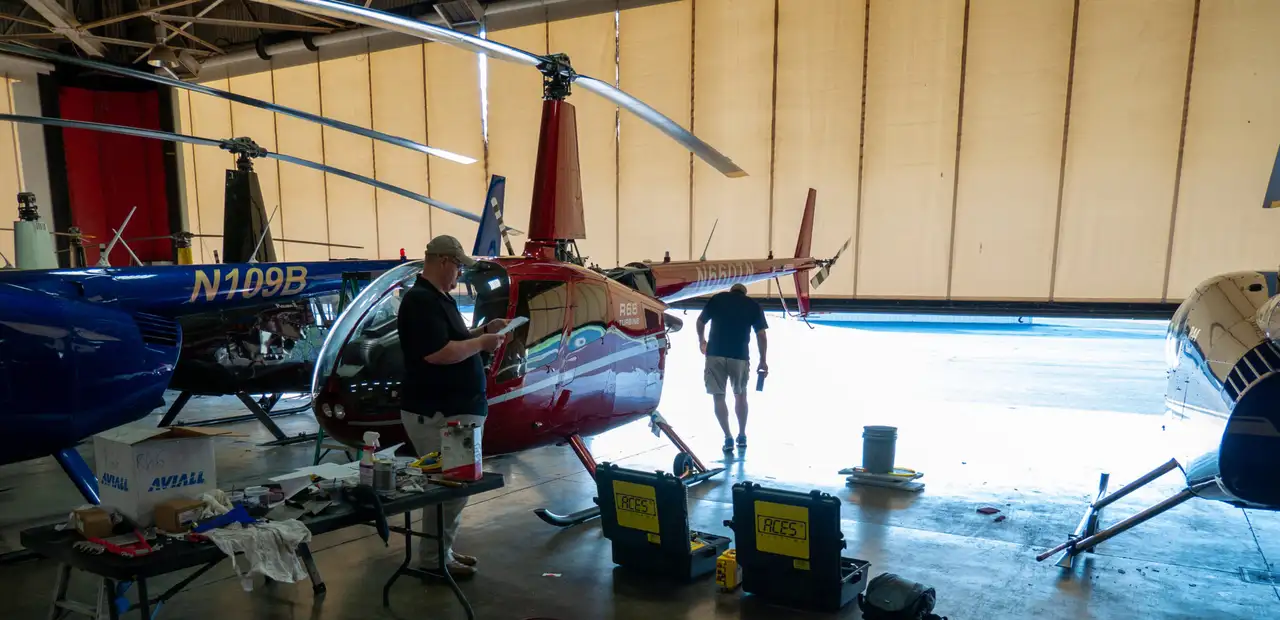When we think of aviation, our minds often drift to the thrill of flight, the innovation of aerodynamics, and the marvel of human ingenuity soaring through the skies. However, underpinning every successful takeoff and landing is a critical component that often goes unnoticed by passengers but is well-known to pilots and aircraft owners: maintenance. In general aviation, maintenance isn't just a regulatory requirement; it's the lifeline that ensures safety, performance, and longevity of aircraft. This blog delves into the intricacies of general aviation maintenance, highlighting its importance and offering insights for aircraft owners and enthusiasts alike.
The Crucial Role of Maintenance in General Aviation
General aviation encompasses all civil aviation operations other than scheduled air services and non-scheduled air transport operations for remuneration or hire. This includes private flying, flight training, agricultural aviation, and more. With such a diverse range of activities, maintenance becomes the common thread that ensures all aircraft operate safely and efficiently. Proper maintenance is essential for several reasons. Safety is the foremost priority in aviation; regular inspections and repairs prevent accidents caused by mechanical failures. A well-maintained aircraft performs better, consumes less fuel, and provides smoother operations, enhancing overall performance. Moreover, routine care extends the lifespan of the aircraft, protecting the owner's investment and ensuring reliability over time.

The Crucial Role of Maintenance in General Aviation
Regulatory Requirements
Aviation authorities worldwide, such as the Federal Aviation Administration (FAA) in the United States, have stringent regulations governing aircraft maintenance designed to uphold safety standards. These regulations are non-negotiable and critical for ensuring that all aircraft meet minimum safety requirements. For instance, most general aviation aircraft are required to undergo an annual inspection to ensure airworthiness, and aircraft used for hire must be inspected every 100 hours of operation. Additionally, Airworthiness Directives (ADs) are mandatory notices issued by the FAA that require inspection, repair, or modification of aircraft to address identified safety issues. Non-compliance isn't just illegal; it puts lives at risk. Understanding and adhering to these regulations is paramount for every aircraft owner and operator. Staying informed about regulatory changes and ensuring that maintenance practices align with legal requirements helps maintain safety and operational integrity.
Common Maintenance Tasks
Maintenance in general aviation ranges from routine inspections to complex overhauls. Pilots conduct pre-flight inspections before every flight to check for obvious issues like fluid leaks, tire condition, and control surface functionality. Engine maintenance is critical; regular oil changes, spark plug replacements, and compression checks keep the engine running smoothly and efficiently. Avionics checks ensure that communication and navigation systems are functioning correctly, which is vital for safe and effective flight operations. Airframe inspections involve checking for structural integrity, corrosion, and wear on the aircraft's body. The landing gear, which bears significant stress during takeoffs and landings, requires regular maintenance to inspect tires, brakes, and struts for proper operation. By diligently performing these tasks, potential problems can be identified and addressed before they lead to serious issues or in-flight failures.

Common Maintenance Tasks
Preventive Maintenance
Preventive maintenance is essential in catching potential problems before they become serious. For pilots and owners, understanding what preventive tasks they can legally perform is crucial. According to the FAA, certified pilots (excluding student pilots) may perform certain preventive maintenance tasks on aircraft they own or operate. These tasks include replacing spark plugs, changing oil, replacing batteries, and applying lubricants to moving parts to reduce wear. Performing these tasks not only saves money but also helps pilots become more intimately familiar with their aircraft. This hands-on experience can lead to a deeper understanding of the aircraft's systems, potentially improving the pilot's ability to detect anomalies early and enhancing overall flight safety.

Preventive Maintenance
Tips for Aircraft Owners
Developing a maintenance schedule is vital for ensuring that all necessary inspections and preventive maintenance tasks are performed on time. Adhering to a strict timetable and using logbooks diligently to track all work performed helps maintain a clear history of the aircraft's condition and any work completed. Building a relationship with a certified mechanic, such as an Airframe and Powerplant (A&P) mechanic, provides invaluable expertise and ensures that complex maintenance tasks are performed correctly. Staying informed about Airworthiness Directives and service bulletins is essential. Regularly checking for any new directives or bulletins that apply to your aircraft model ensures compliance with safety updates and modifications. Investing in quality parts by using manufacturer-approved components ensures compatibility and reliability, which can prevent future maintenance issues. Educating yourself through workshops, reading manuals, and staying updated on maintenance best practices empowers you as an aircraft owner. Knowledge about your aircraft's systems and maintenance requirements enables you to make informed decisions and potentially identify issues before they escalate.
The Role of the Aircraft Mechanic
Aircraft mechanics are the unsung heroes of aviation. Their expertise keeps aircraft airworthy and safe. There are different types of mechanics, including A&P mechanics certified to work on both the airframe and powerplant (engine) and Inspection Authorization (IA) mechanics who have additional certification to perform annual inspections and sign off on major repairs. When choosing a mechanic, it's important to verify their certifications to ensure they have the appropriate FAA credentials. Checking their experience, especially with specific aircraft models, brings added value and ensures that they are familiar with the unique aspects of your aircraft. Assessing their reputation through word-of-mouth and reviews can indicate reliability and quality of work. A good mechanic is not just a service provider but a trusted partner in maintaining your aircraft's safety and performance.

The Role of the Aircraft Mechanic
Embracing Technology in Maintenance
Advancements in technology are transforming general aviation maintenance. Digital logbooks streamline record-keeping and make information easily accessible, reducing the chances of oversight. Maintenance tracking software alerts owners to upcoming inspections and helps ensure compliance with regulatory requirements and Airworthiness Directives. The use of drones and advanced diagnostics allows for inspecting hard-to-reach areas and diagnosing complex issues efficiently and accurately. Embracing these technologies enhances efficiency and accuracy in maintenance practices, leading to better-managed aircraft and potentially reducing downtime due to maintenance. Maintenance in general aviation is a multifaceted discipline that combines regulatory compliance, mechanical expertise, and proactive care. It's not just about fixing what's broken but anticipating needs and preventing issues before they arise. Engaging actively in maintenance is not merely a legal obligation—it's a commitment to safety, performance, and the joy of flight. By understanding the importance of maintenance, adhering to regulations, performing preventive tasks, and collaborating with skilled mechanics, we ensure that the spirit of general aviation continues to thrive safely in the skies above. Each diligent effort contributes to the overarching goal of making every flight a safe and enjoyable experience. Blue skies and safe flying!
